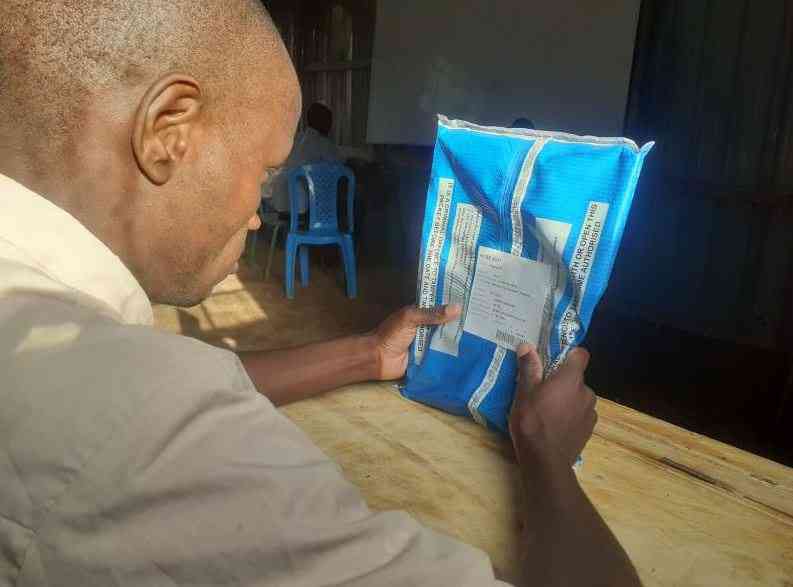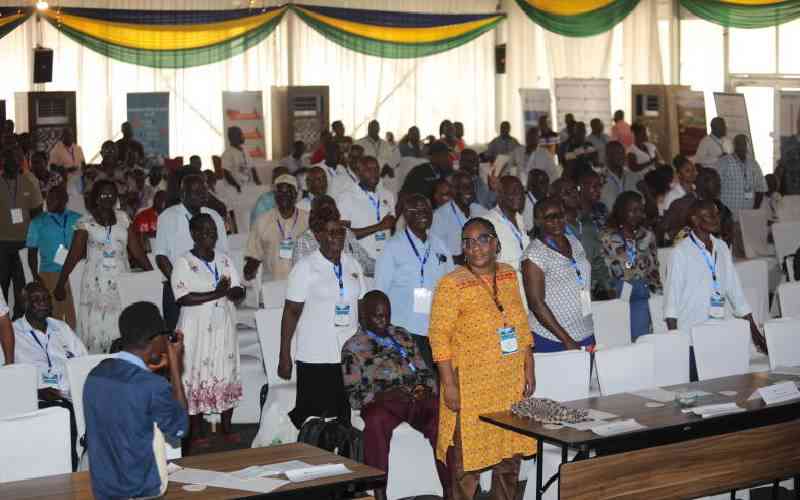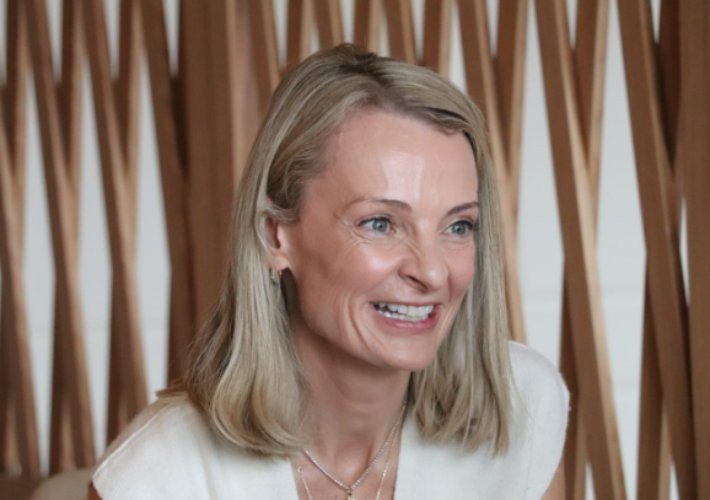Luo community is one of the over 40 tribes that live in Kenya, a key country in the East African region.
The community, which is found in the western part of the country, is known for the preservation of its tradition, which is binding to the majority of its people.
Treatment of the dead is one of the areas where the Nilotic community has developed a series of rituals for the deceased whether children, male or female and this is to ensure a peaceful and decent send-off.
In a paper titled death and rituals among the Luo in South Nyanza, researcher Wakana Shiino from Tokyo Metropolitan University who translated Paul Mboya’s Luo kitgi gi timbegi acknowledges the many rituals and feasts of the community but attributes it to the community’s strong fear and respect for the dead.
“The Luo attitude towards their burial place evidently shows how they fear and respect the deceased ancestors. They perform more than ten kinds of rituals for the deceased, largely held in their rural homes in the face of ongoing modernisation and urbanization in overall Kenya,” he writes.
He says that during his five-month research he came across eleven cases of death and attended twenty of them.
According to the paper, the details of the rituals differ for all the deceased, depending on the deceased’s sex as well as the sex of participants in the rituals.
“A ritual is performed in certain, fixed ways to reflect how a particular death occurred, the good and bad deeds of the deceased, and the way the deceased and the ancestors performed the same rituals. There are some differences that reflect different areas.”
“Luo people perform a total of about fourteen rituals for one deceased. All rituals are performed only when elderly men die, and a certain number of rituals are omitted depending on age, sex, and marital status of the deceased,” he writes.
The rituals include death announcement, vigil, grave digging, burial, accompanying spirit of deceased to former battleground, shaving, mourners departure for their homes, serving meals to the deceased and its family by married women, serving meals to the deceased and its family by married women and going to the former battleground with the spirit of the deceased.
Other rituals include visiting the widow’s matal home, dividing articles left by the deceased, remembrance and serving a meal to the family of the deceased by affine.
In the research, he discovered that the church and the deceased family members played a key role in deciding the right place for a grave.
According to some old men, people used to dig a grave in the daytime in the old times. These days, people prepare the grave at midnight before the burial day, because, they say, it is too exhausting to dig graves under the strong sun. Digging begins around 9 pm and is completed about 3 to 4 am of the burial day. Sometimes it takes several hours because of the rocks in the soil. Young and middle-aged male relatives and several neighbours join forces in digging.
Men with pregnant wives are not allowed to participate in grave digging. If they did, their wives would have premature births. Twins are also not allowed to participate in the digging of the grave.
As part of the ritual, four days after the burial, people shave their heads. A razor blade is usually used.
The first shave is supposed to mark the beginning of the mourning period. At the end of mourning, those who were shaved are shaved again, which marks the beginning of their new life.
The Luo community also served meals to the deceased in what is referred to as tedo. On the day of tedo, the sons and daughters return to their natal home to cook for the dead mother or father. Children contribute a certain amount of various kinds of food according to their income.
The first-born, son or daughter, is the first person to open the fireplace, and the food he or she contributed should be cooked first. The food includes meat and fish depending on what the family likes to eat.
The relatives should be informed of the day of the tedo in advance. They come on that day to celebrate the occasion with the children of the dead person. It is just like a get-together party for the children and their relatives.
Dividing the items left by the deceased (keyo nyinyo)
This is the occasion when the family and relatives divide between themselves items left by the deceased, such as clothes, furniture, dishes, calabashes, and cooking pots. Land and animals are divided among surviving sons but not that particular day.
Women leave behind many things or few things largely depending on how old they were when they died. Old women may leave behind many cooking pots, water pots, and dishes. Old men would leave clothes, three-legged stools (komnya Luo), spear, shield, mantle, animal skins, and horns of animals he hunted.
Remembrance (rapar)
This is the ritual in which the relatives assemble at the dead person’s home for remembrance, comfort, and to appease the dead person. The parents, children, brothers and sisters, and affines of the deceased come and enjoy a lot of food together.
The host invites his neighbours and arranges a dance, which continues through the night of the rapar.
The relatives may build a small temporary hut (akumba) if the original hut is gone. The first thing the married daughters (wagoguni) of the dead person should do upon their arrival is to enter the hut and put their luggage and clothes inside the sign of greeting the dead person.
They then start cooking in the small space inside the hut and cut the meat of the animal, slaughtered for the dead person. People surround the hut and eat together.
The spouse of the deceased must sleep inside the hut during the night of the rapar. The following day, the spouse pulls down the hut.
Because this ritual requires heavy expenses, it depends on the relatives’ finances how many times they hold the rapar for the dead person.
 The Standard Group Plc is a multi-media organization with investments in media
platforms spanning newspaper print operations, television, radio broadcasting,
digital and online services. The Standard Group is recognized as a leading
multi-media house in Kenya with a key influence in matters of national and
international interest.
The Standard Group Plc is a multi-media organization with investments in media
platforms spanning newspaper print operations, television, radio broadcasting,
digital and online services. The Standard Group is recognized as a leading
multi-media house in Kenya with a key influence in matters of national and
international interest.
 The Standard Group Plc is a multi-media organization with investments in media
platforms spanning newspaper print operations, television, radio broadcasting,
digital and online services. The Standard Group is recognized as a leading
multi-media house in Kenya with a key influence in matters of national and
international interest.
The Standard Group Plc is a multi-media organization with investments in media
platforms spanning newspaper print operations, television, radio broadcasting,
digital and online services. The Standard Group is recognized as a leading
multi-media house in Kenya with a key influence in matters of national and
international interest.









